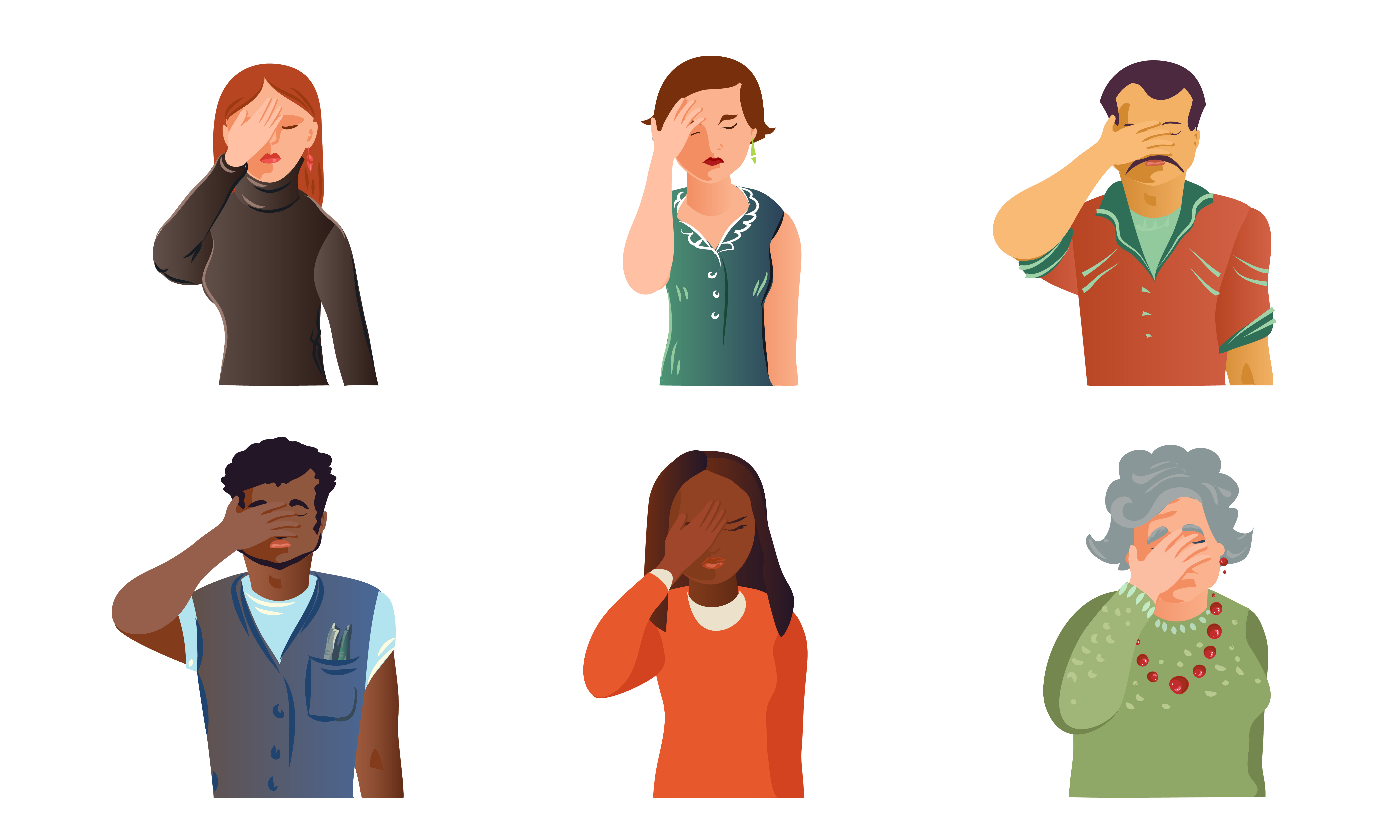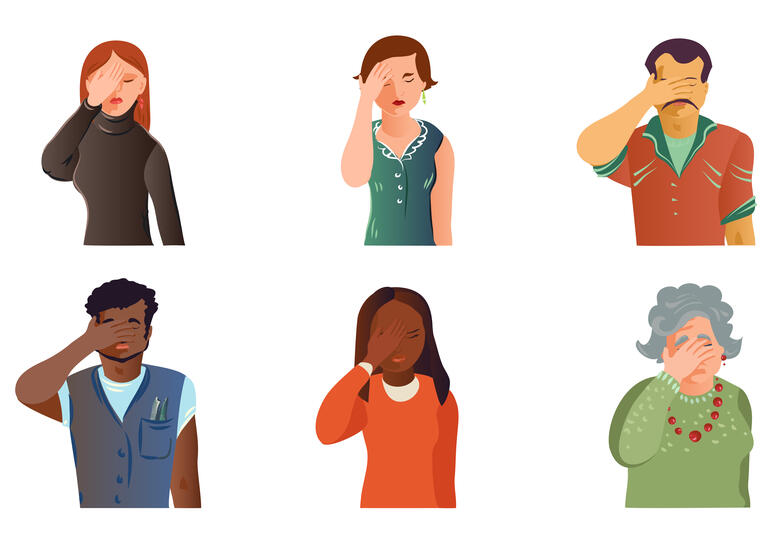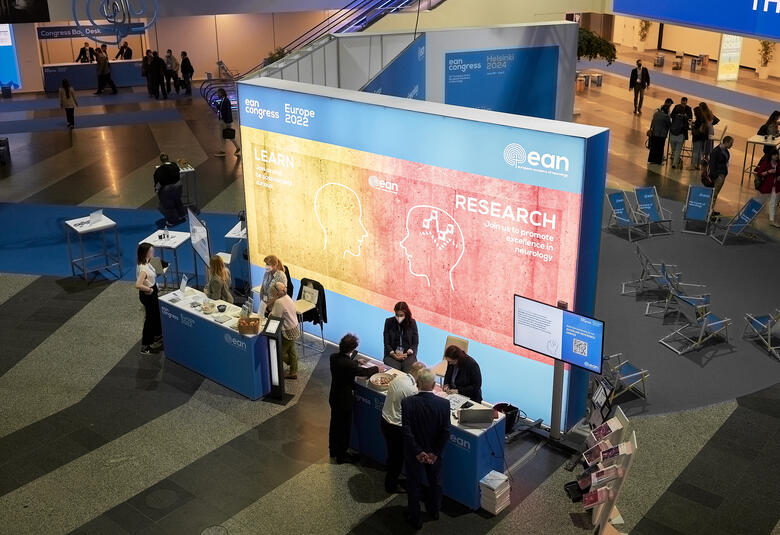All immune cells are sources of inflammatory mediators and may contribute to the initiation of a migraine, but which immune cells, and how do they differ in males and females? T cells may be playing a more important role in producing pain in females than in males in whom macrophages and microglia are more important, said Professor Michael Gold, University of Pittsburgh, PA, at the Virtual Scottsdale Headache Symposium 2020.
Three features of migraine that might reflect its underlying pathophysiology and have guided the research carried out by Professor Gold and his colleagues are:
Migraine is three times more prevalent in females than males
- the higher prevalence in females with a ratio of 3:1 for female:males
- the triggering of attacks, most often by stressful events
- the delay between the trigger and the attack, which happens most often once the stress has resolved —stress-relaxation hypothesis1
Innate and adaptive immune cells in the dura
∼17% of cells in the dura are immune cells
Meninges are one of the most immune competent tissues in the body, said Professor Gold. He described research from his lab on treated rat dura which revealed that ∼17% of cells in the dura are immune cells.1 Intuitively this makes sense, he added, because the dura is the final protection for the brain.
Most (∼60%) of these immune cells are macrophages, but ∼20% are B cells, and 4.5% are T cells; and the immune cells are distributed throughout the dura.1
This presence of adaptive immune cells suggests they are there to be activated as needed and do not need to be recruited, said Professor Schwedt.
How does response to stress differ between males and females?
T cells may play a more important role in producing pain in females
A chronic stress model in rats has revealed different responses in dural immune cells for males and females, with stress.1
Stress resulted in:
- a sympathetic postganglionic neuron (SPGN) dependent increase in macrophages in the dura in males
- an SPGN independent increase in T cells but not macrophages in females1
Macrophages and microglia are more important sources of the pain in males
The levels of pro- and anti-inflammatory mediators also differed for males and females, with stress in females resulting in:
- increased expression of pro-inflammatory mediators
- decreased expression of anti-inflammatory mediators1
All immune cells are sources of inflammatory mediators and may contribute to the initiation of a migraine, said Professor Gold. However, T cells may be playing a more important role in producing pain in females than in males in whom macrophages and microglia are more important sources of the pain.
Our correspondent’s highlights from the symposium are meant as a fair representation of the scientific content presented. The views and opinions expressed on this page do not necessarily reflect those of Lundbeck.




